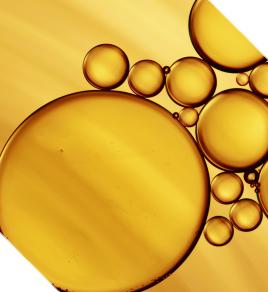Classes of Brake Fluids
|
The first vehicles equipped with hydraulic braking systems were launched in 1924. Alcohols, particularly polyhydric alcohols such as glycerol, and glycerol-water mixtures were used as hydraulic fluids. These products didn’t match the requirements of today’s technology and are only of historical interest. Currently, there are mainly three classes of brake fluids… The main used today are glycol-ether based, but mineral oil (Citroën Hydraulic Mineral Liquid LHM) and silicone (DOT 5) based fluids are also available. Silicone oils are mainly used on military vehicles in United States and mineral oils are used for some specific applications (Citroen, Rolls Royce…). |
||
| Composition | Application | Spec | Advantages | Drawbacks |
|---|---|---|---|---|
| Glycol ethers and derivatives | 95% of word market | DOT 3, DOT 4, DOT 5.1 | Miscible with water Low compressibility Elastomer compatible |
Hygroscopic |
| Mineral Oils | Citroen | LHM | High boiling point | Not miscible with water Limited rubber compatibility |
| Silicone Oils | Antique military | DOT 5 | High boiling point | More compressible than glycol fluids Very expensive Need specific elastomers |
The fact that brake fluids are hygroscopic is at the time an advantage and a drawback…
AN ADVANTAGE,because water is everywhere and moisture from air can permeate through microscopic pores in the rubber brake hoses, nylon master cylinder reservoir, and through various seals from the hydraulic system. As brake fluids absorb water into solution, the local concentration levels are typically low enough to avoid corrosion and when exposed to low temperatures, the solution can also prevent the water from freezing on its own. A DRAWBACK,because water increases the solution viscosity at low temperature and decreases the boiling point of the solution. Fluid containing moisture heats up and turns to steam inside the system creating vapor pockets. Brake fluid becomes thus more compressible loosing its ability to transmit the force necessary to effectively stop the car safely. |


